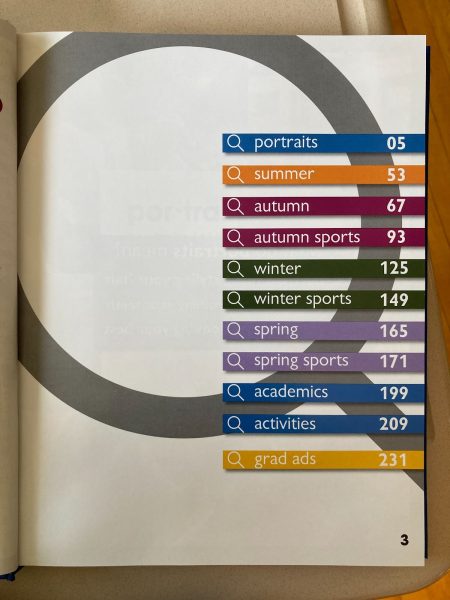With over 50 active members and seven specialized departments, this program boasts record sustainability, being the oldest of its global community in the Pacific Northwest at 25 years. This team is active in mentorship, fundraising, and other various forms of outreach. Its students have competed at the world championship nine times and have shelves lined with competition trophies and banners. Unceremoniously, they are confined to the stale air and low ceilings of the Sprinkler Valve Room beneath Weber Hall, which used to be the storage closet for the football team. If you knew I was describing robotics, I’m sorry to say you’re right.
Just a short walk away on campus, the scene changes; You would see facilities with expensive equipment and extensive fields. Throughout hallways, you would see mammoth trophy cases displaying historical achievements. The names you constantly see lauded on Bellarmine social media and Lion articles are the same people using these facilities. Yes– this would be the athletics program. This is not to say that this program’s prime spaces are undeserved; this is to say that a windowless basement, known as the “Sprinkler Valve Room” before the “Robotics Lab”, is.
Per the school’s Record of Excellence on the website, 62% of students participate in the athletic program, and 85% of students participate in at least one club/activity– That’s about 580 students in athletics compared to a rough 760 students in a club/activity. Robotics and Athletics are just two of the many co-curriculars one can participate in at Bellarmine Prep. Additionally, facilities are just one of many facets of what it means to be “recognized” as a co-curricular.
Promotional status may be increased by a program’s local funding, student testimonials, and, most foundationally, media coverage. All of these can be feasibly managed by student leaders and their club advisors, raising two important questions: Is it every co-curricular program’s job to market themselves, or is it to be handled by Bellarmine? Are these activities proportionately portrayed per the amount of students? I asked three students what they thought.
Sophomore Ainsley Joyce B’26, the Chair of Communications for Model UN, voiced her responses. Model UN places great emphasis on its independent marketing, and Joyce shared her experience regarding that. “Prior to coming to Bellarmine, Mr. Brown and other people who have worked in the marketing area have built a foundation for me to flourish and grow [Model UN’s] marketing. I think it is primarily clubs’ job [to market themselves]–but, assistance from Bellarmine also helps.” While Joyce expressed that all activities shall take up the mantle of self-promotion, she also felt that “there’s always room for growth, promoting MUN, and getting more people involved.”
Junior Bryce Kiguru B’25 is a leader on the Student Activities Board and holds several involvements in the Black Student Union, L’Arche Club, and Sustainability Club. Regarding the question, “Is it every co-curricular program’s job to market themselves?” Kiguru responded “yes. Especially in BSU with leaders, they have to market themselves. When it comes to involvement, it seems like leaders, especially of clubs, have to really take the initiative to make sure the club survives.” He additionally felt that “sports gets unequal attention in some ways. If you say that the clubs have a big portion of the students, I feel like clubs should have a bigger say in outreach and representation. Bellarmine should market the smaller things, too.” Expecting more from the school’s marketing capacity, Kiguru advocated for the underrepresented side of extracurricular student life.
Senior Charlene Kim-Aun B’24 holds leadership roles in Diversity Club, APICA Club, and Mind Over Matter, and was also on the Girls Golf team. She provided a diverse perspective on the representation of the school’s different activities. Kim-Aun considered “one club [with] 20 people who go to each meeting, versus a football game where almost the entire school goes [to]. Because of that, [Bellarmine’s marketing team] may just be weighing their priorities.” She proposed a possibility for this disparity, that being there’s too much to promote. Kim-Aun, however, has “been in all of the different areas– sports, ASB, and clubs, [and] it was definitely easier for me to get anything done just because my words sometimes meant more if I said I was in a sport.” Through recognizing the immense privilege that may come with co-curricular recognition, she drew from a variety of observations regarding her involvements.
In examining the perspectives of students involved with athletics, academics, and affinity clubs, we can more clearly understand who receives what forms of recognition through their involvements. All expressed the present disparity between athletics and the rest of co-curriculars. Kim-Aun attempted to diagnose this disparity, Kiguru described the ideal way to combat this disparity, and Joyce felt this disparity is something we can all remedy together. These views additionally bring us to a certain conclusion: no co-curricular can be represented perfectly, and the discussion on this representation continues. Nonetheless, these discussions lay the foundation for how we recognize Bellarmine students and their countless accomplishments.


